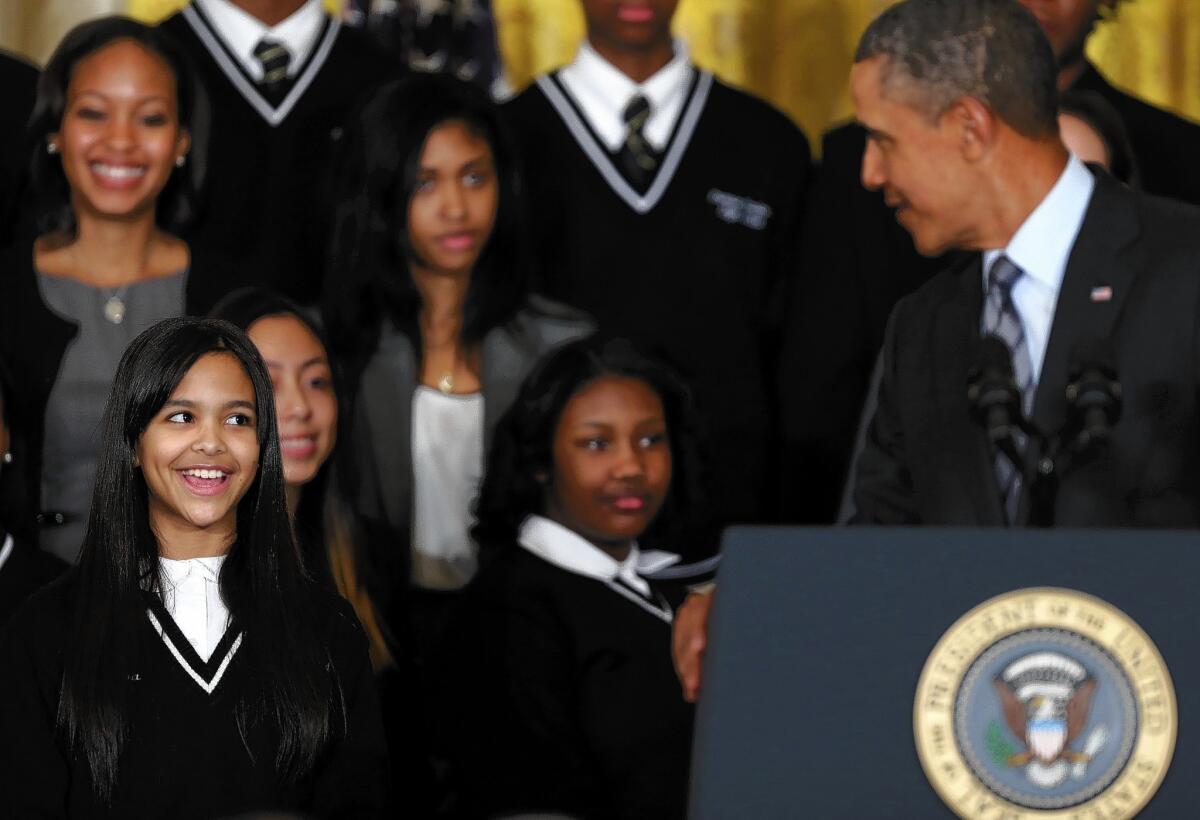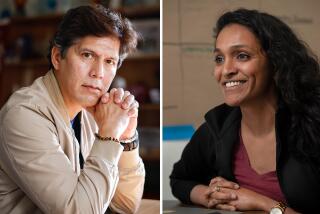Some officials dismayed that ‘Promise Zone’ excludes South L.A.

When President Obama officially announced Thursday that several low-income Los Angeles neighborhoods would be eligible for grants as part of his signature poverty initiative, some city officials reacted with surprise that none of the areas were in South L.A.
“It’s disappointing, and a little disheartening, when this program is touted nationally and the areas selected in Los Angeles don’t include areas of the greatest need,” said Councilman Curren Price, who represents much of South L.A.
The city’s “Promise Zone” covers a swath of central L.A. — Pico-Union, Westlake, Koreatown, East Hollywood and Hollywood. A day after the 50th anniversary of President Lyndon B. Johnson launching the War on Poverty, Obama also identified neighborhoods in four other cities where the government will funnel money to better public safety, housing and education.
“Anybody in this country who works hard should have a shot at success. Period,” Obama said Thursday. “For too many young people, it feels like the future only extends to the next street corner or the outskirts of town.”
Promise Zones are supposed to move neighborhoods to the top of the list when cities apply for competitive federal grants.
Los Angeles could receive up to roughly $500 million over the next 10 years, but there is no guarantee that a grant will be awarded.
According to the city’s application, which did not include any part of South L.A., Los Angeles’ funding would go toward increasing affordable housing, investing in public transit and bike lanes, and giving people more access to career training through a partnership with the Los Angeles Community College District.
Money also would go to the L.A. Unified School District and the nonprofit Youth Policy Institute to increase support services at schools.
Mayor Eric Garcetti, who flew to the White House for the president’s speech Thursday, said he thinks Obama’s vision of a “wraparound” for distributing federal aid — giving money to a number of programs in a single area — could help alleviate poverty.
But some felt that targeting resources to only one area ran counter to the goal of collaboration and combating poverty across the entire city.
U.S. Rep. Janice Hahn (D-Calif.), a former L.A. City Council member for District 15, had planned to go to Thursday’s event but canceled the trip when she learned that poor areas in that district were not included.
“Any money coming into Los Angeles benefits Los Angeles, but when I listened to the president speak about changing the odds for these communities to really help kids succeed, I really thought about Watts,” she said. “The odds are really stacked against kids growing up in Watts, and these kinds of resources could change their choices in the future.”
When the city applied for a Promise Zone designation, it had to choose an area with a population between 10,000 and 200,000, with at least a 20% average poverty rate. It also had to be a contiguous region that included a neighborhood that had received a related grant before. Both Hollywood and Pacoima had received qualifying grants, and the city decided to chart out an area encompassing Hollywood because it had a higher concentration of poverty, Garcetti said.
soumya.karlamangla@latimes.com
More to Read
Start your day right
Sign up for Essential California for news, features and recommendations from the L.A. Times and beyond in your inbox six days a week.
You may occasionally receive promotional content from the Los Angeles Times.







